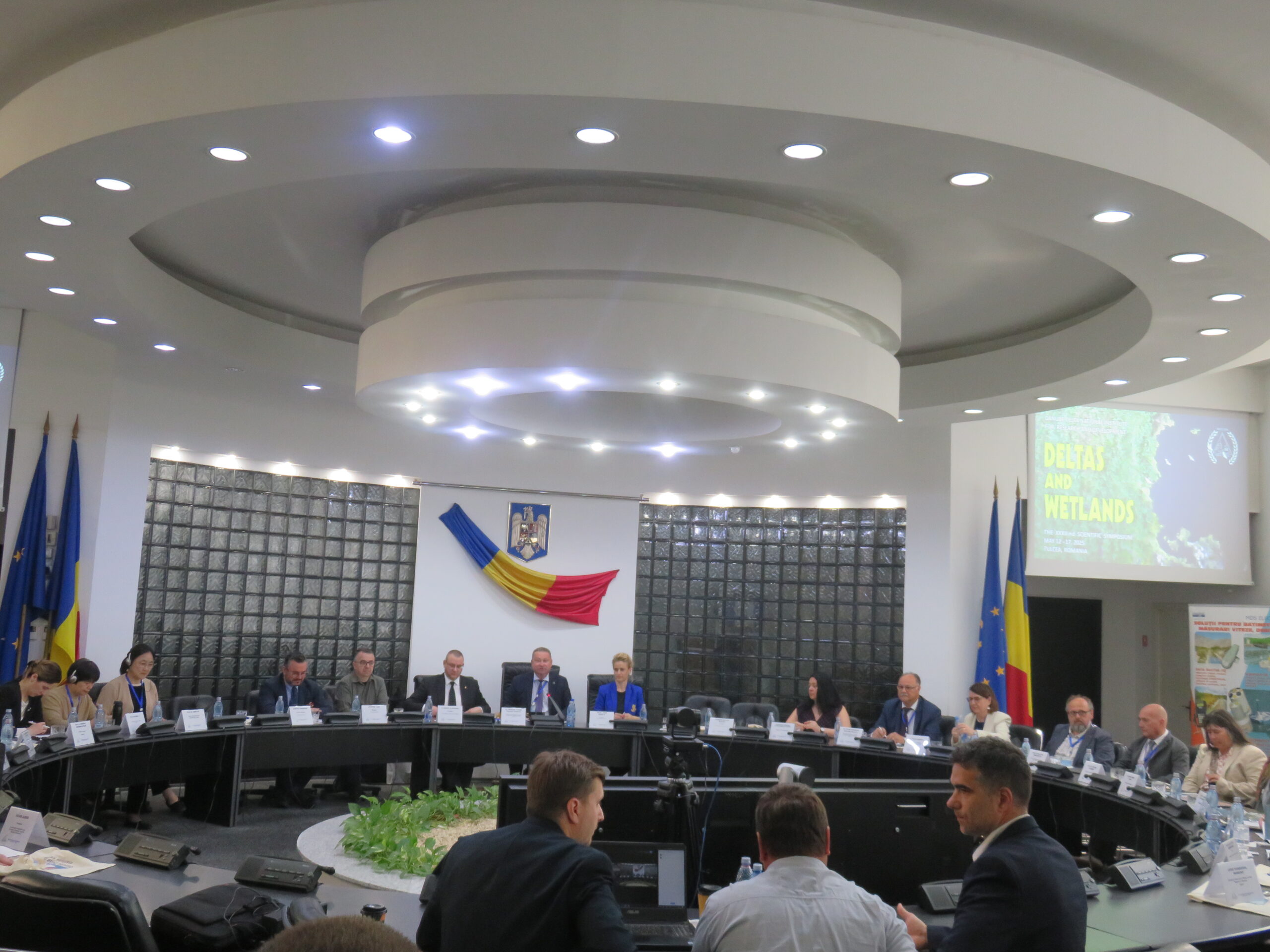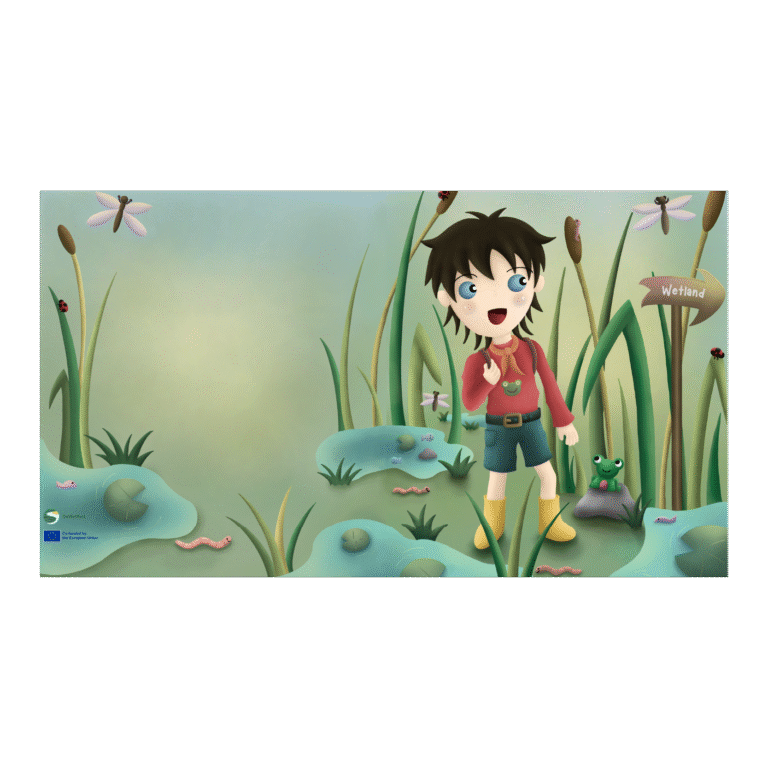32nd edition of the Deltas & Wetlands International Symposium
Tulcea, Romania — Held from May 12–17, 2025, the 32nd edition of the Deltas & Wetlands International Symposium, brought together researchers, policymakers, and environmental advocates from around the globe to discuss pressing ecological challenges and pioneering solutions for wetland and delta ecosystems.
A resounding theme throughout the symposium was the urgent need for cross-border collaboration, particularly within the scope of the Mission Ocean program. In sessions like “Cross-basin cooperation on wetlands restoration” and panel discussions featuring international partners from the Danube and Nile regions, speakers emphasized that ecosystems know no political boundaries. Effective restoration and sustainable management depend on forging transnational partnerships, sharing knowledge, and coordinating strategies at the basin level.
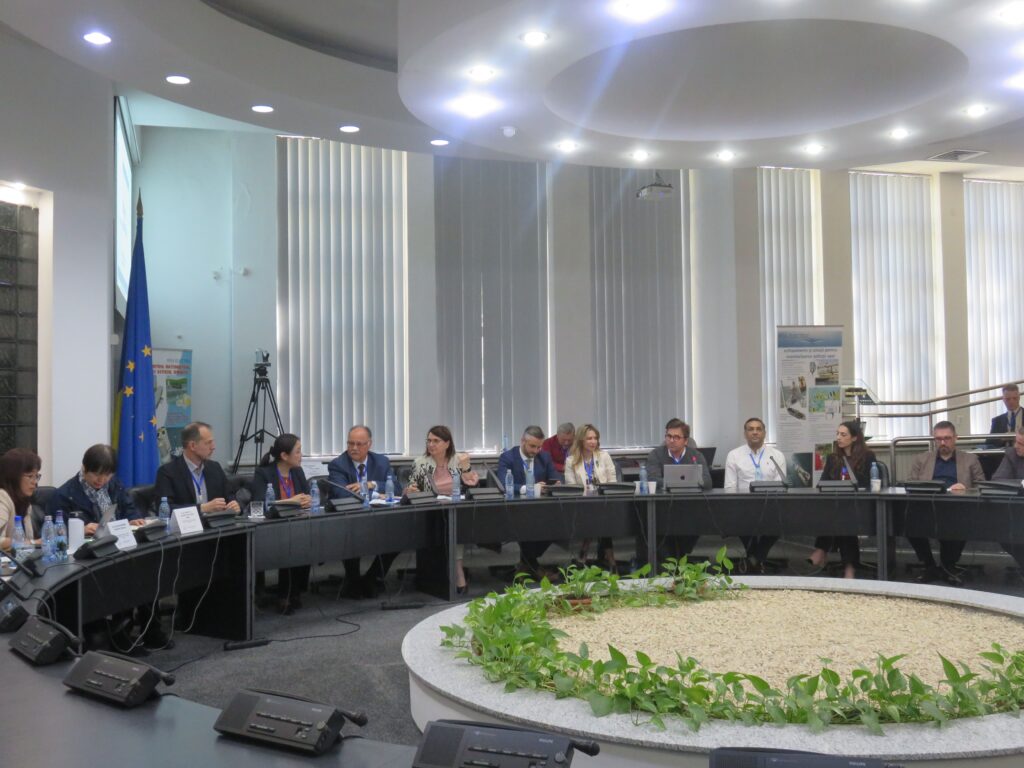
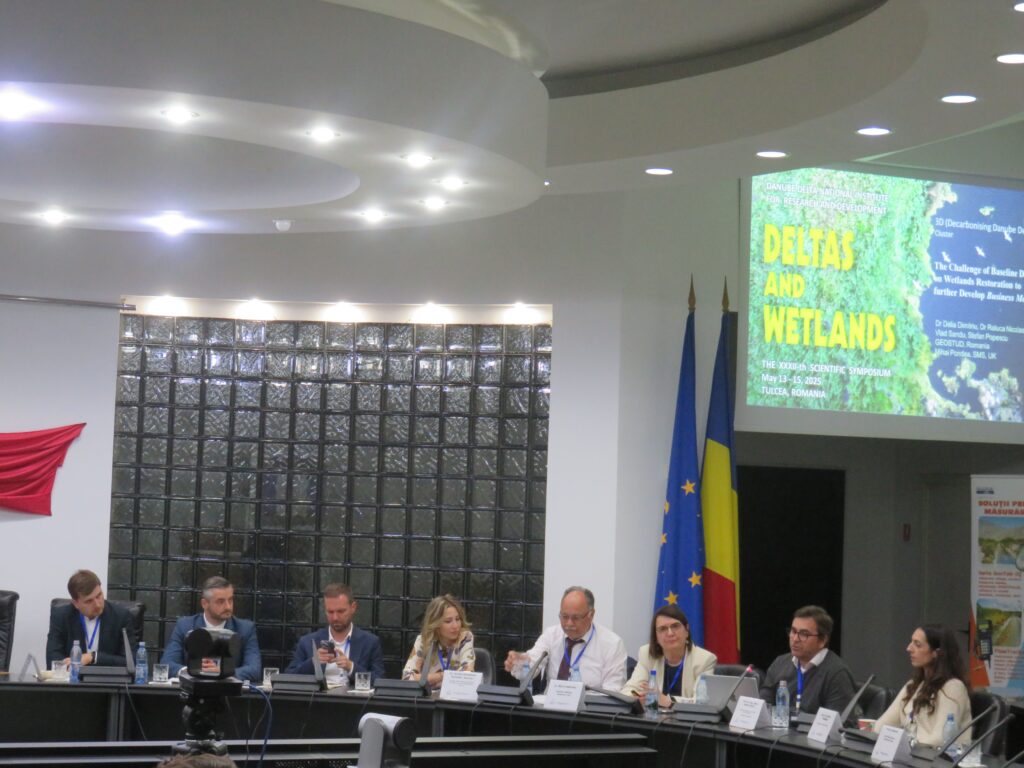
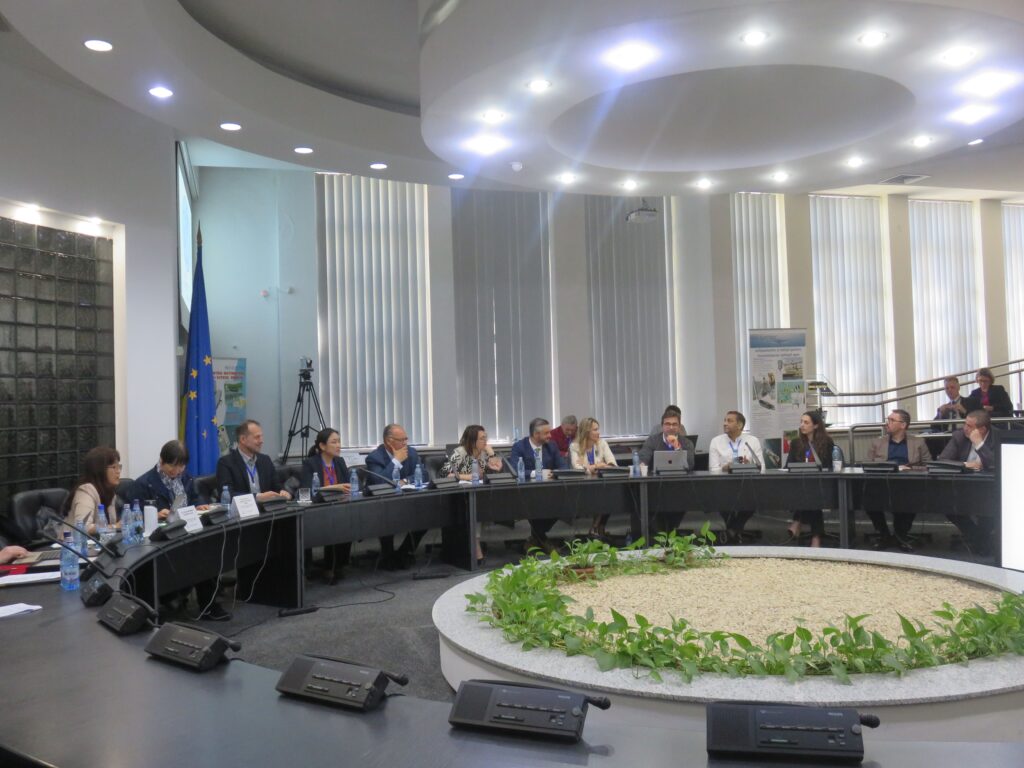
One of the event’s most powerful messages was “Science is not for scientists. Science is for the community.” This statement underpinned the entire conference philosophy — that science must address the real, lived needs of local communities. Projects must go beyond theoretical models to provide tangible, sustainable outcomes for the people who depend on these ecosystems. This mindset was echoed in several presentations focused on education, citizen engagement, and local empowerment.
Many sessions explored innovative restoration techniques that not only heal damaged environments but also create new market opportunities and socio-economic impact. The integration of business models into restoration efforts — such as ecological tourism, sustainable fisheries, and green infrastructure — was highlighted as a way to attract investment while preserving biodiversity.
The symposium showcases projects like DaWetRest which demonstrated how restoration initiatives can scale up through collaboration with the private sector and civil society.
As one participant noted, “A project explains things the way they are and finds solutions to improve the world.”
This ethos was powerfully presented by the 3D (Decarbonising Danube Delta) initiative, which demonstrates how science-based storytelling, robust data, and actionable solutions can transform perceptions and drive meaningful environmental change. From restoring vital reed beds to accurately tracking carbon sequestration potential, 3D exemplifies how combining cutting-edge research with practical interventions can catalyse the decarbonization of the Danube Delta, supporting biodiversity, climate mitigation, and local livelihoods.
The Deltas & Wetlands 2025 Symposium served not just as a scientific forum, but as a visionary space for reimagining the future of delta and wetland ecosystems. With the Danube Delta as its backdrop, the event reaffirmed the power of cooperation, community-centric science, and bold restoration solutions to shape a more resilient and sustainable blue planet.


